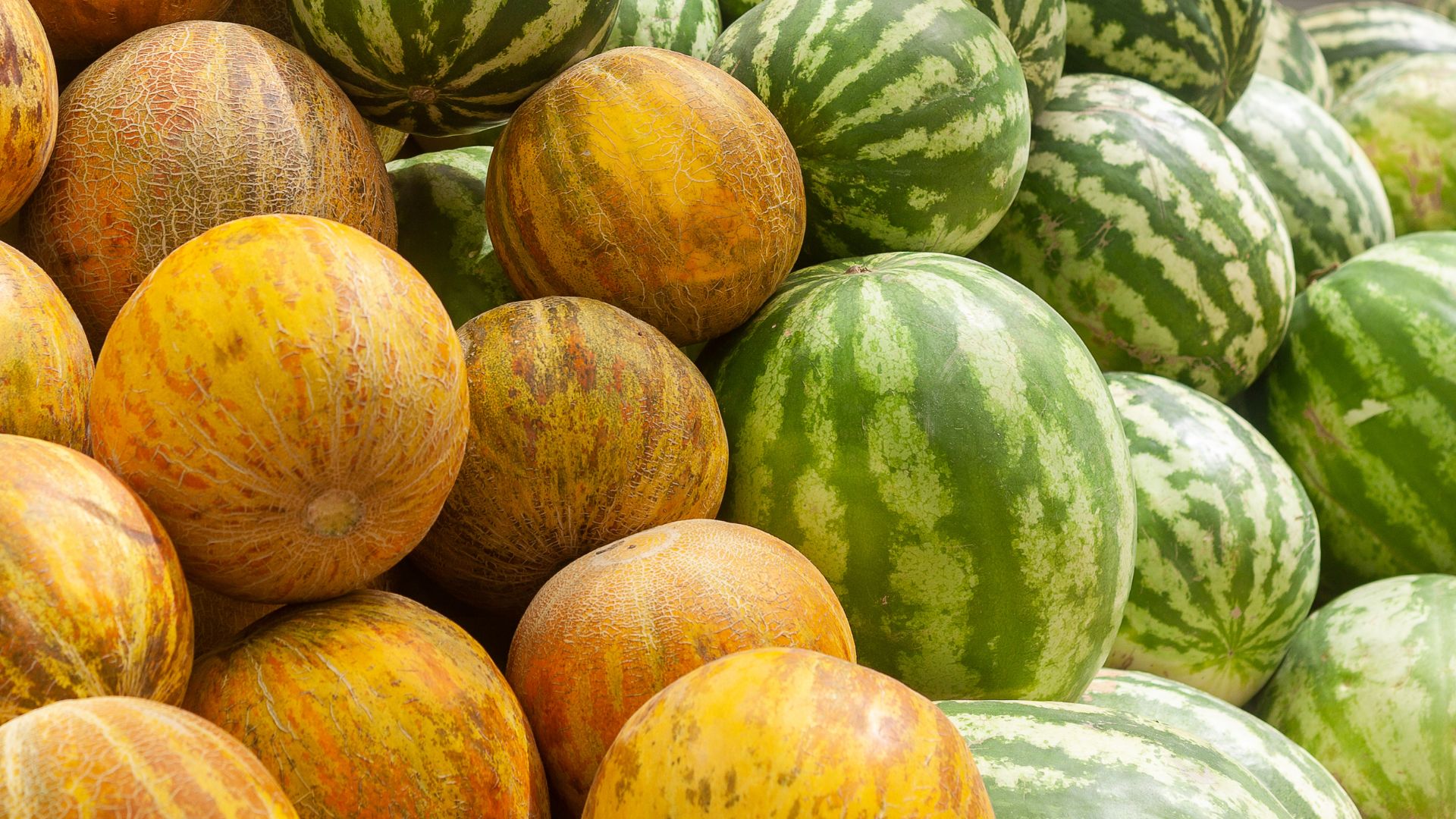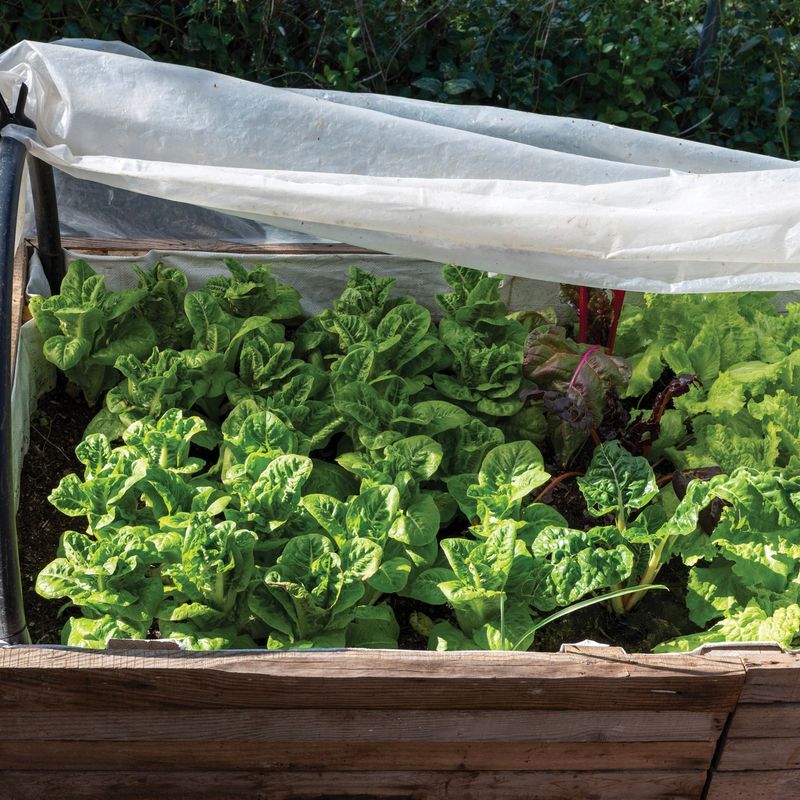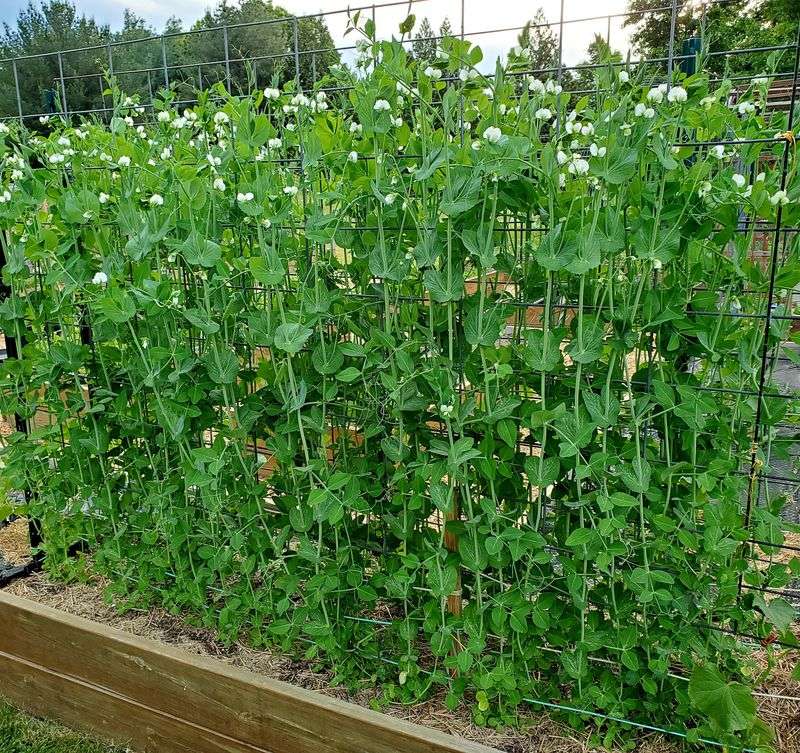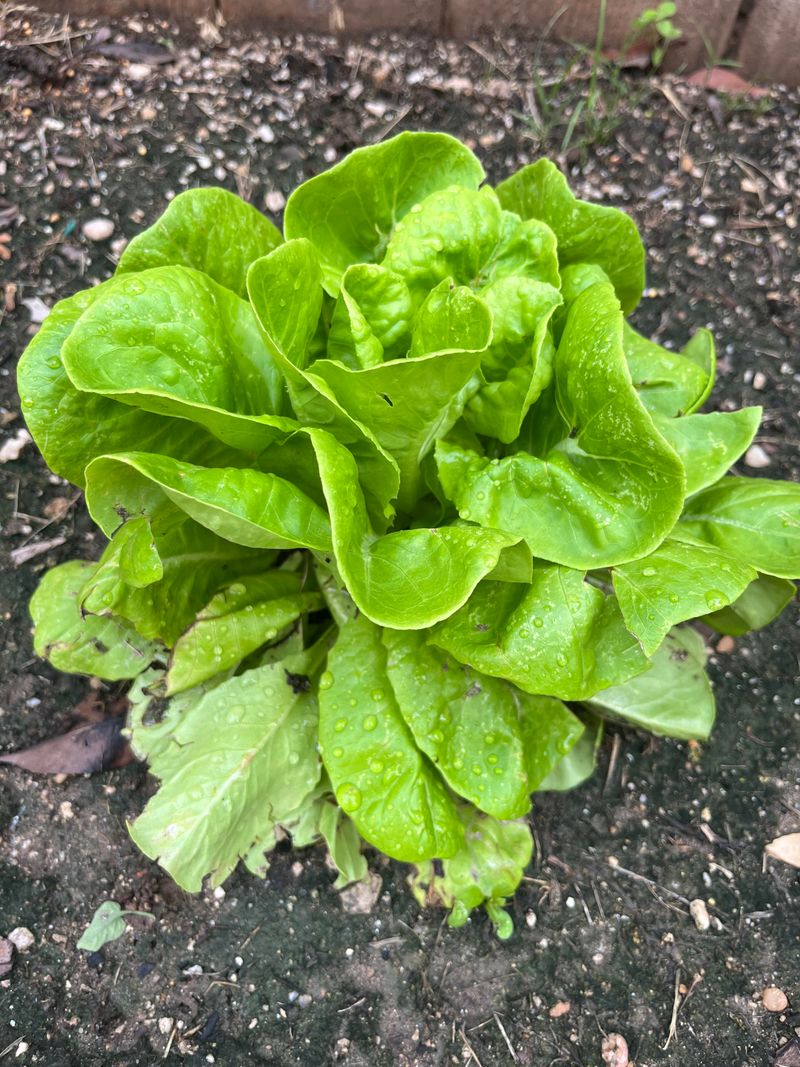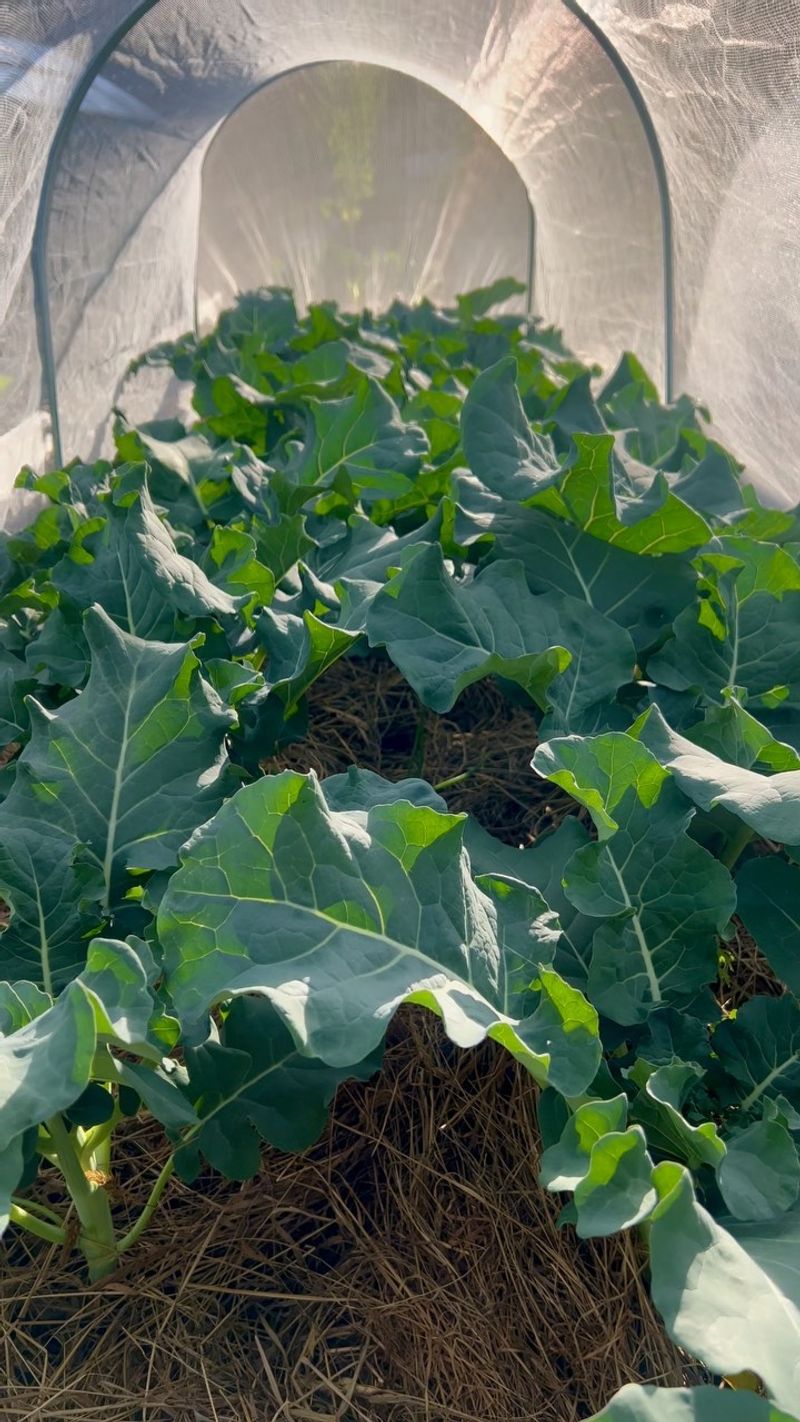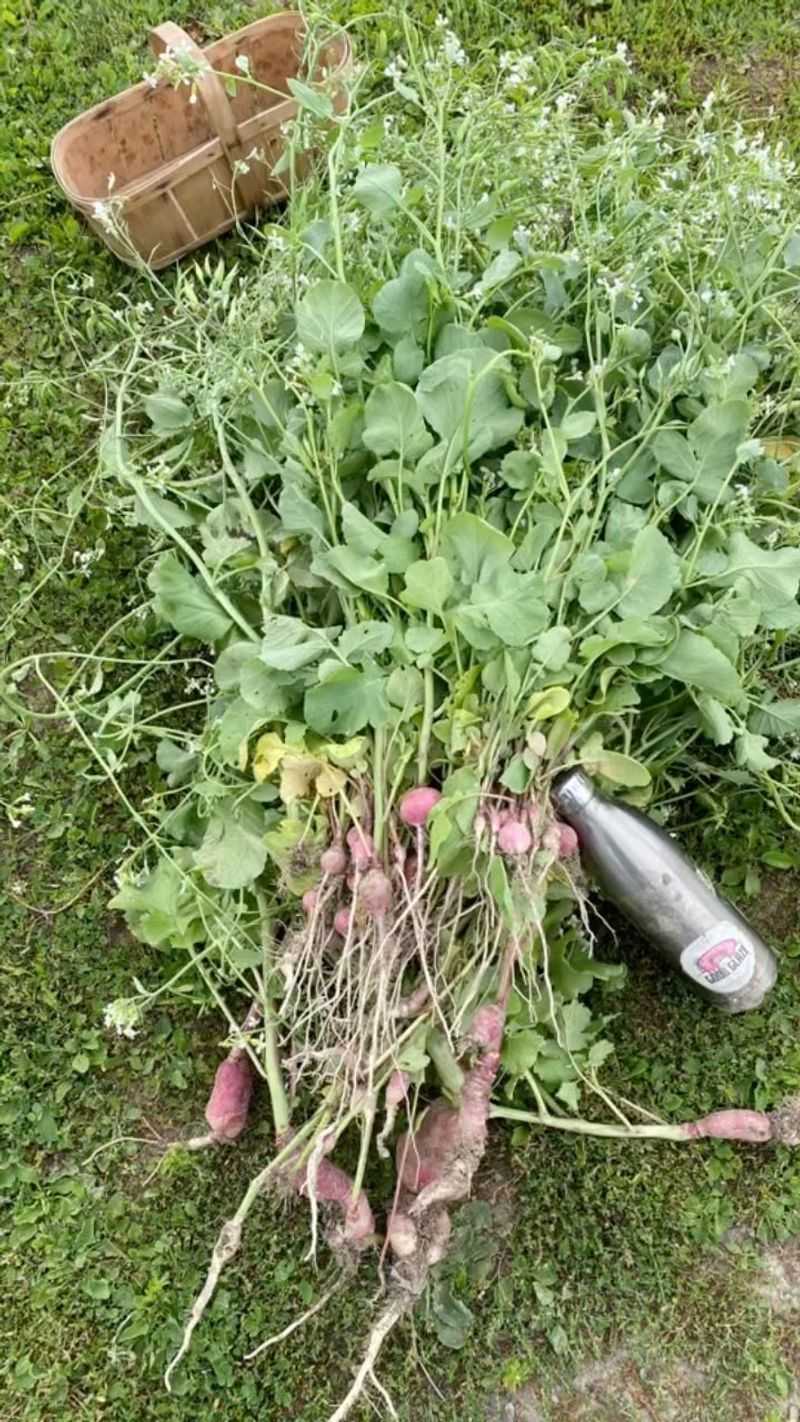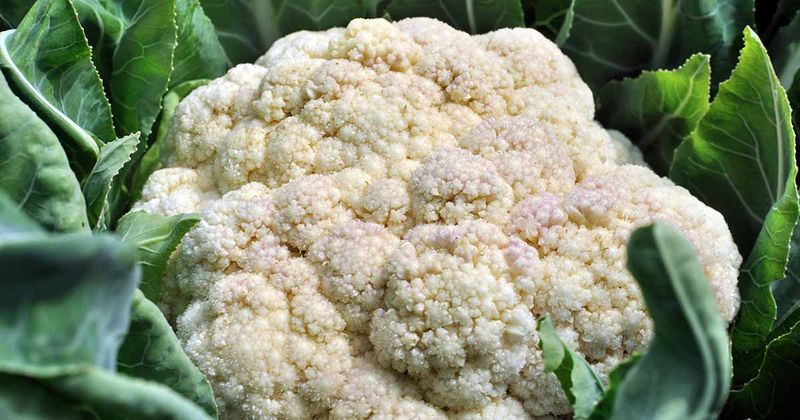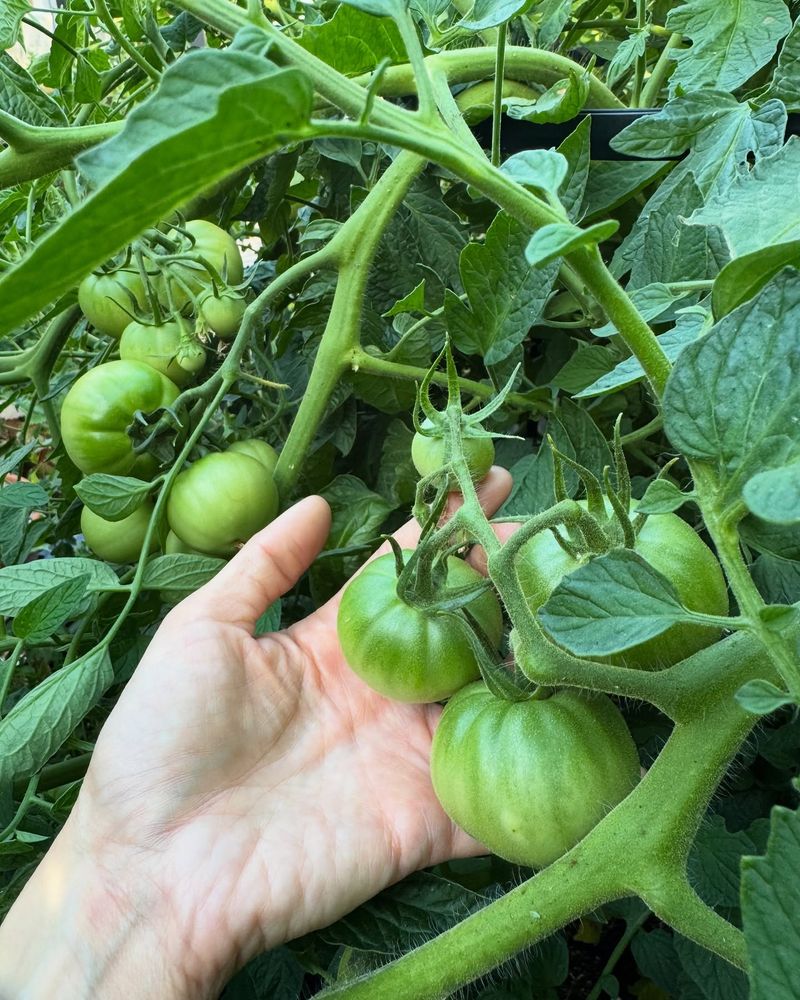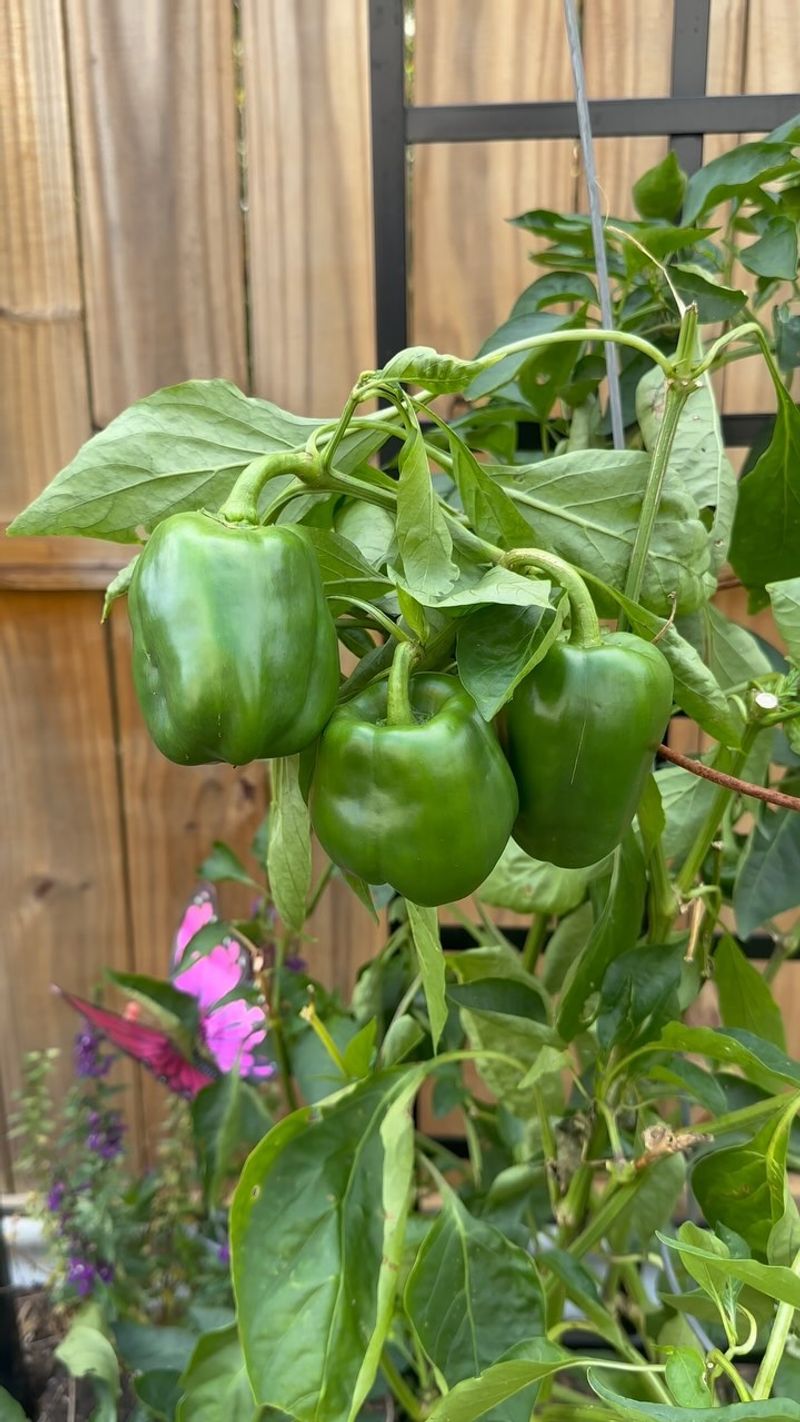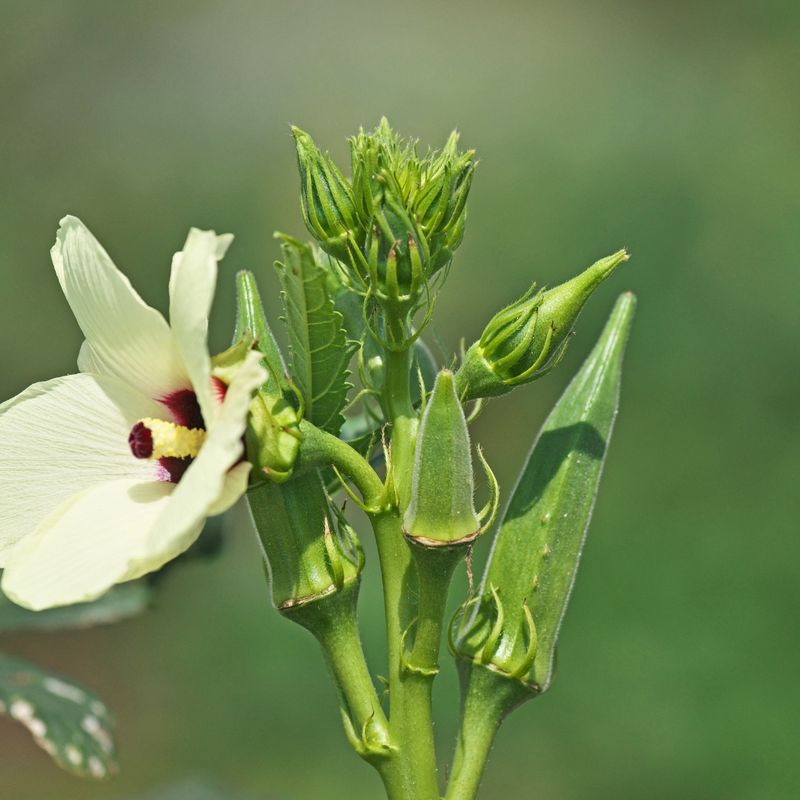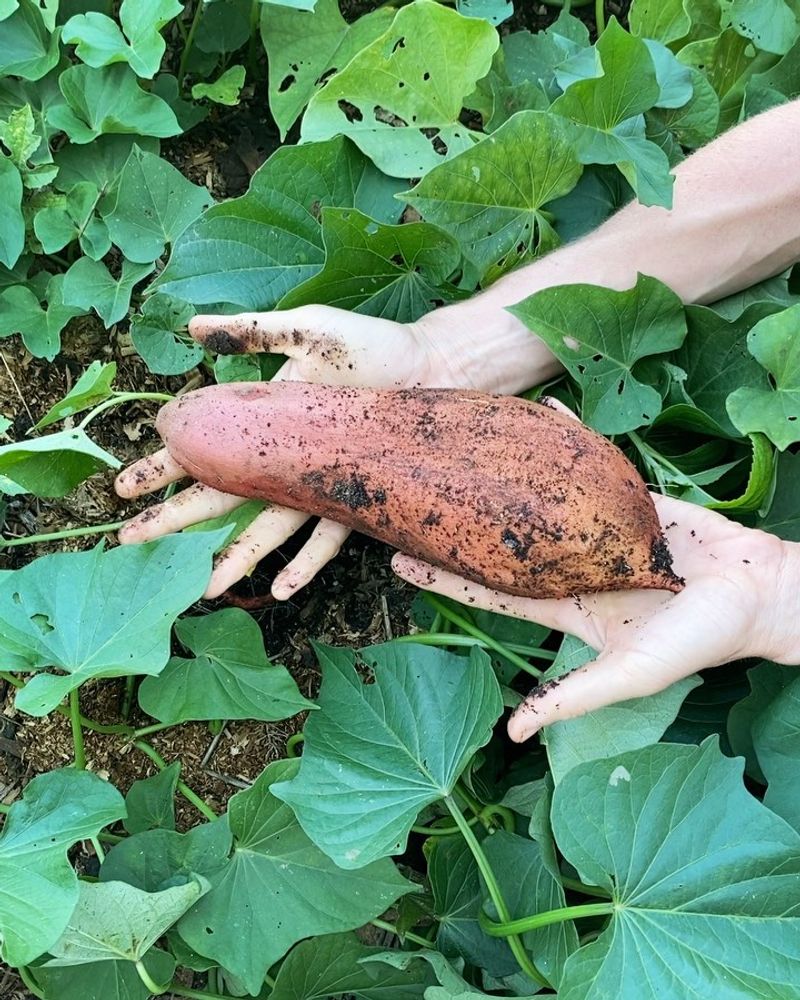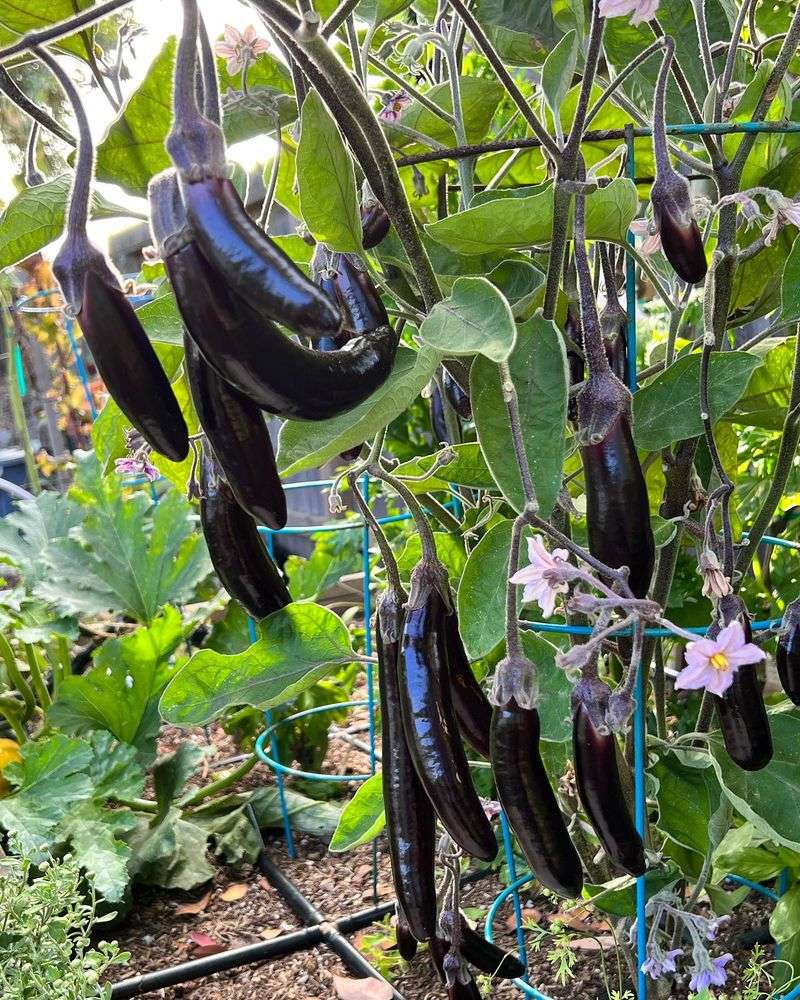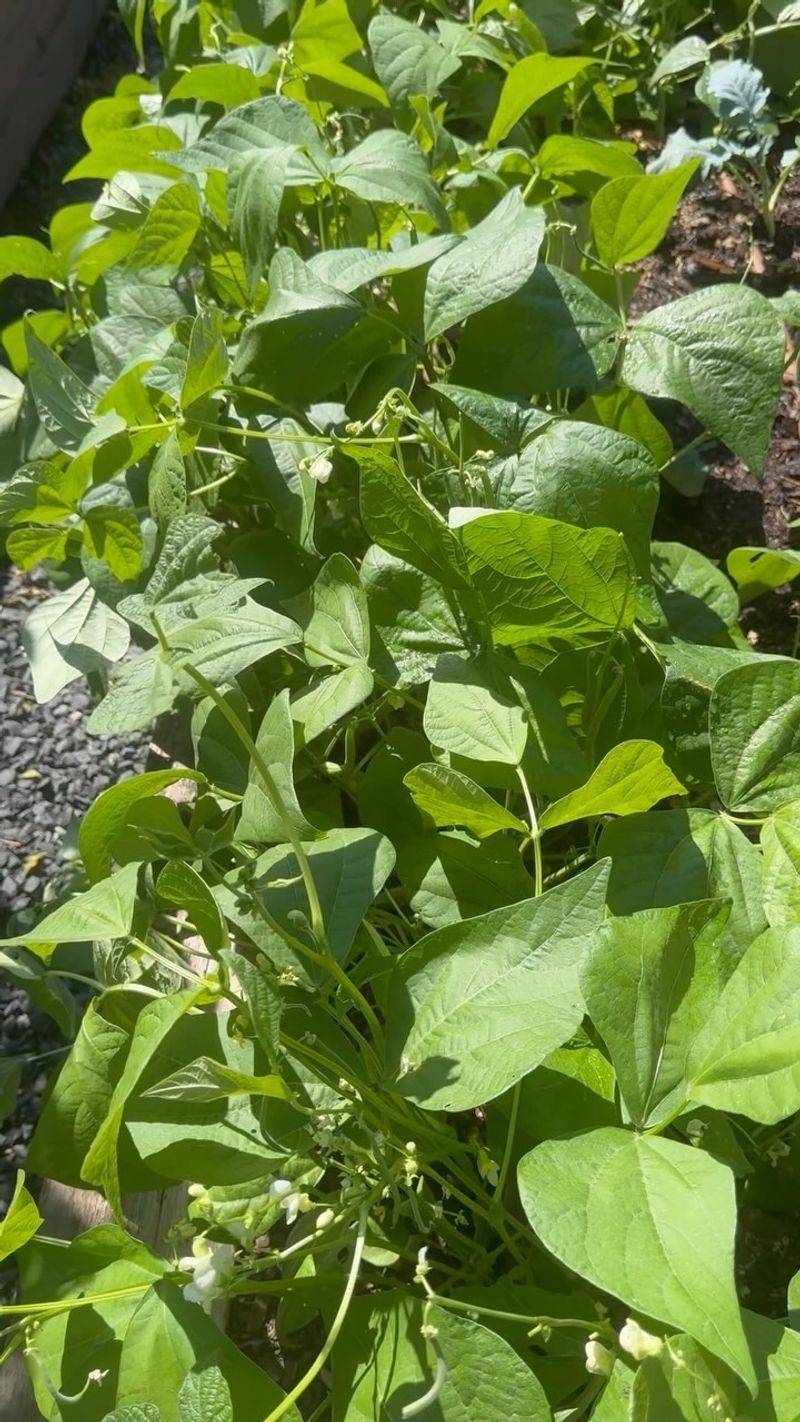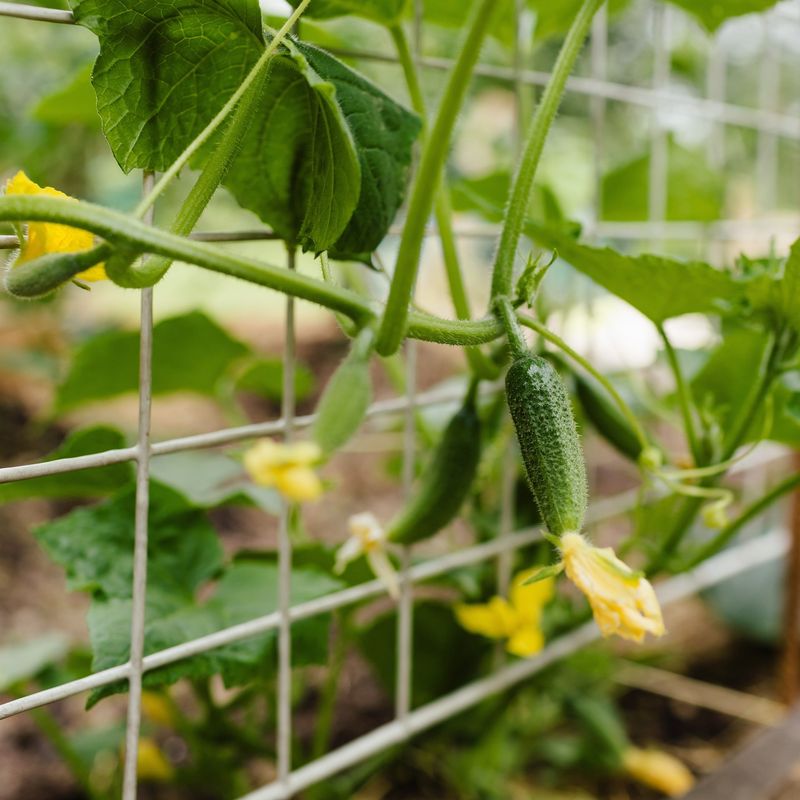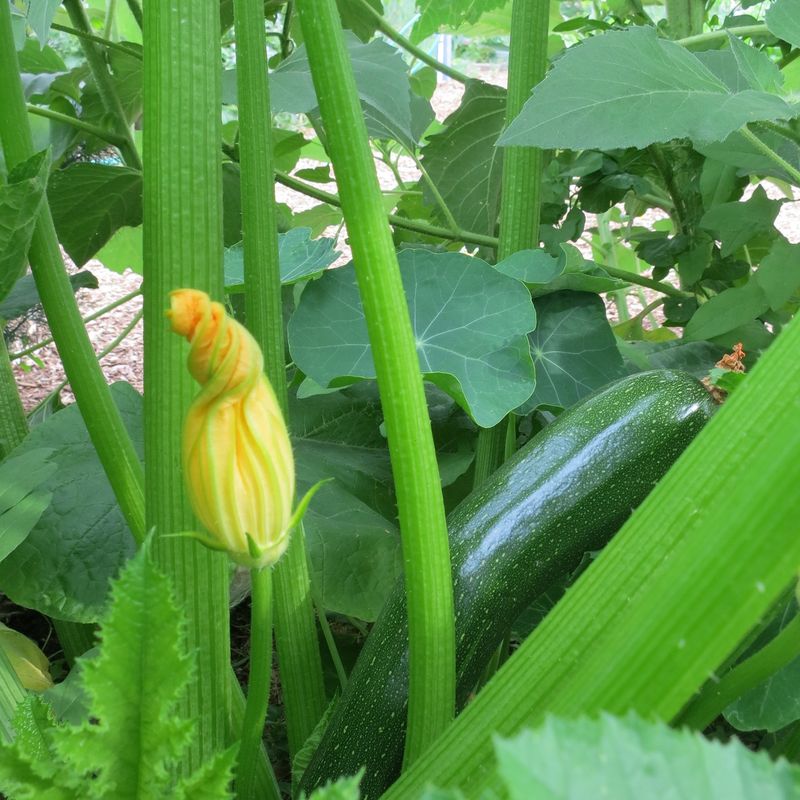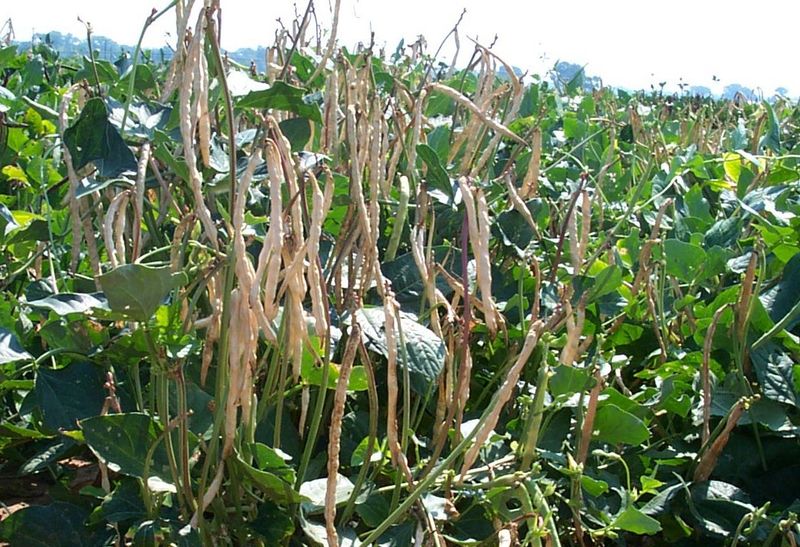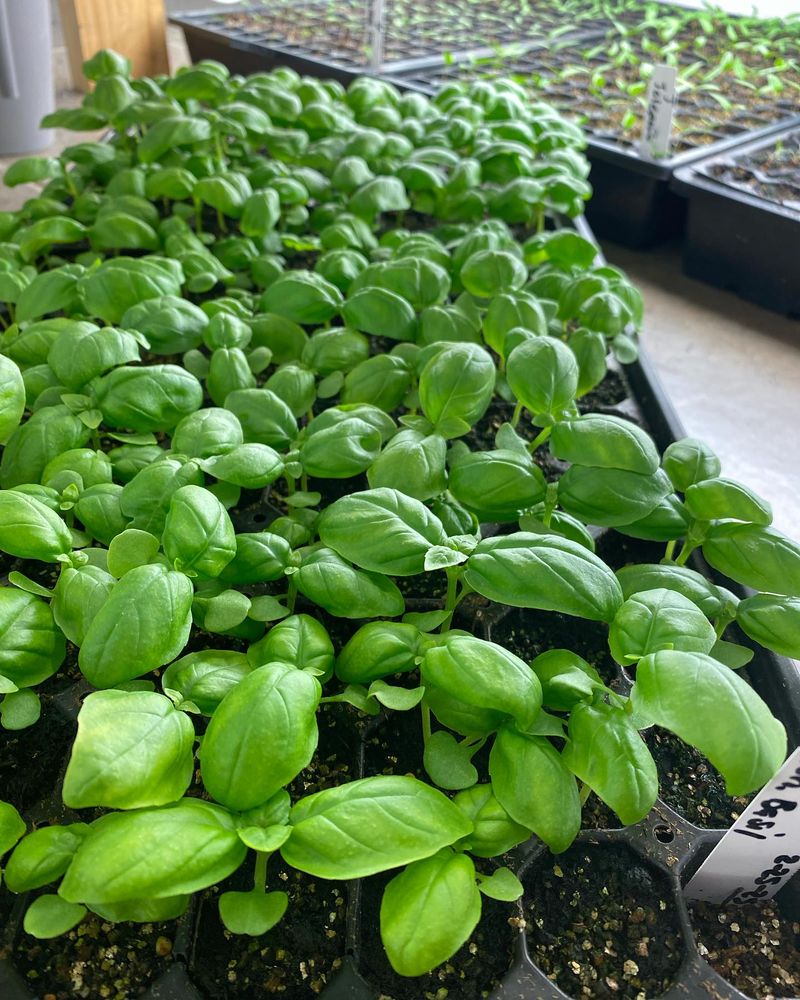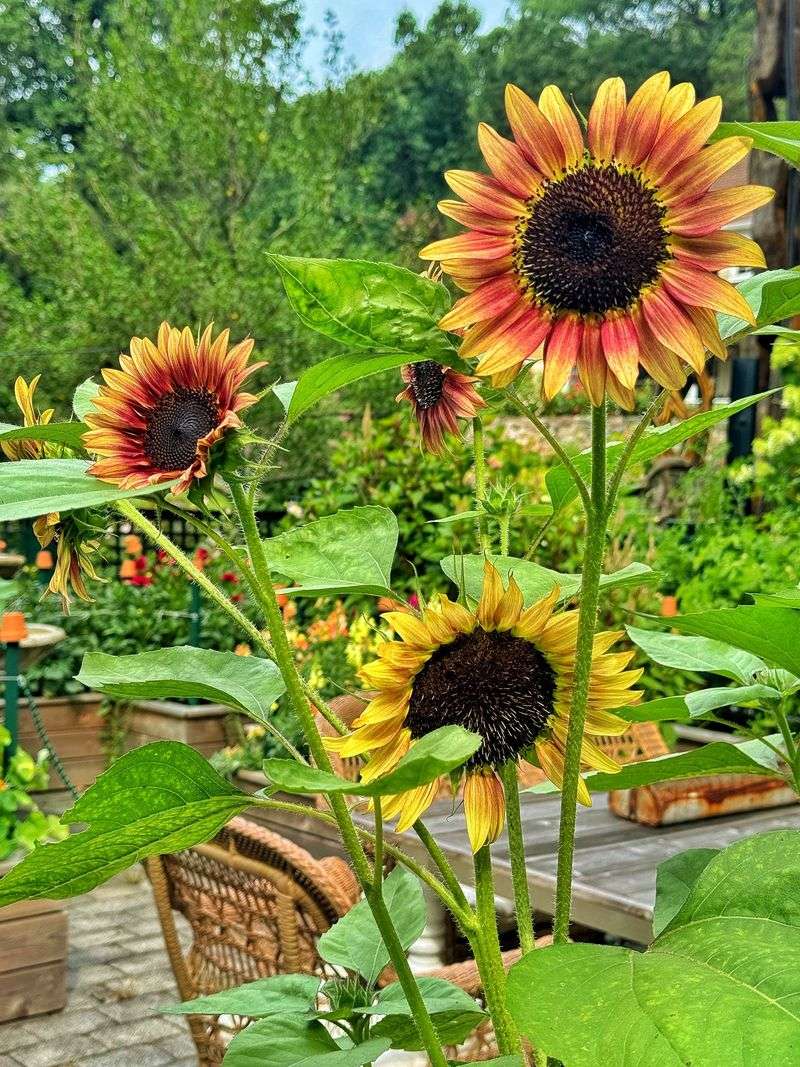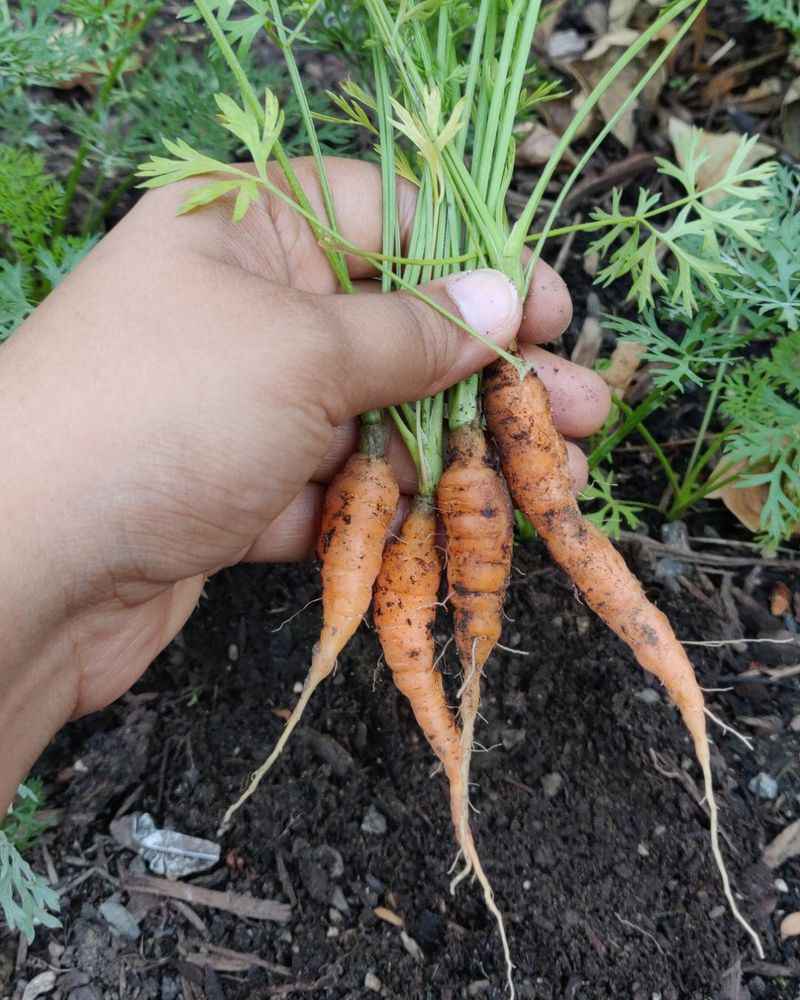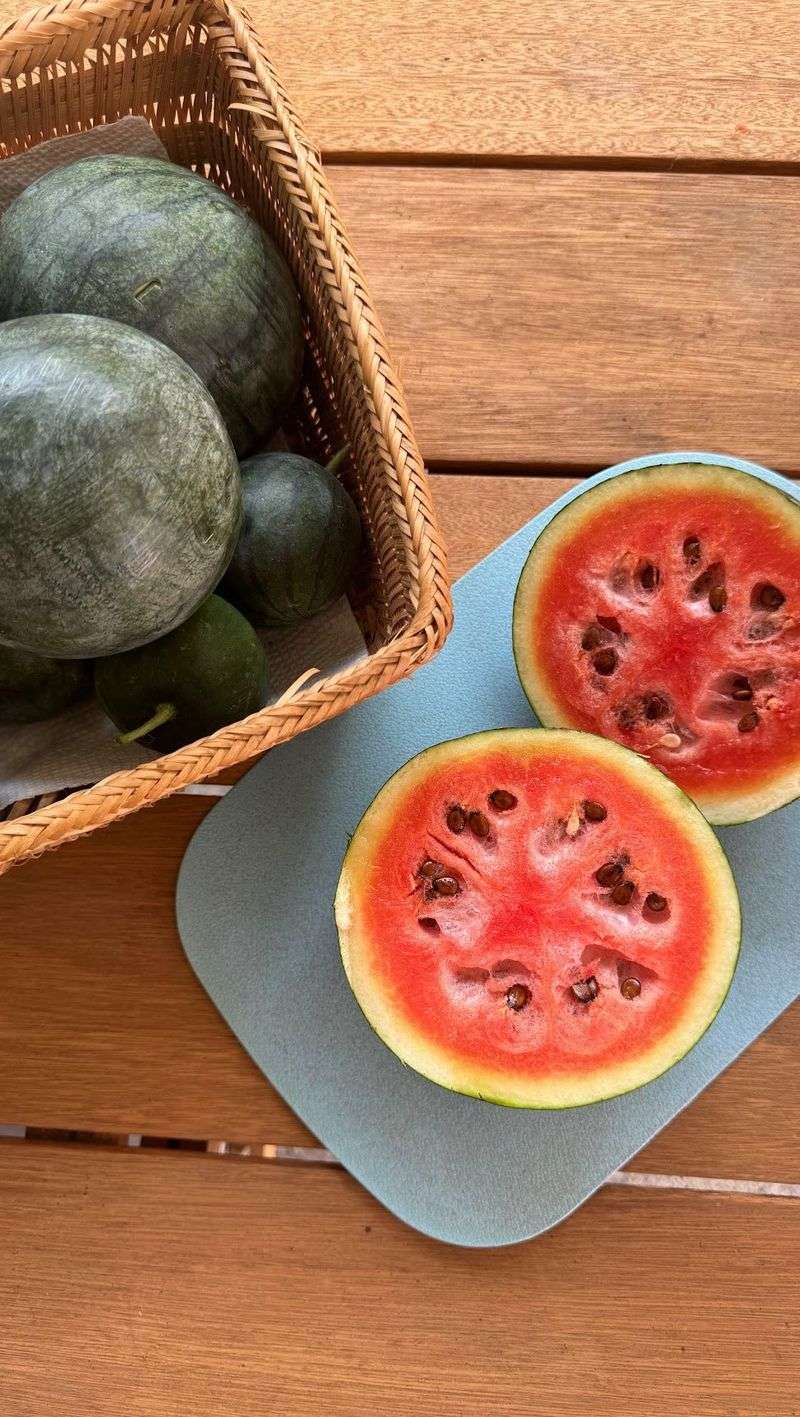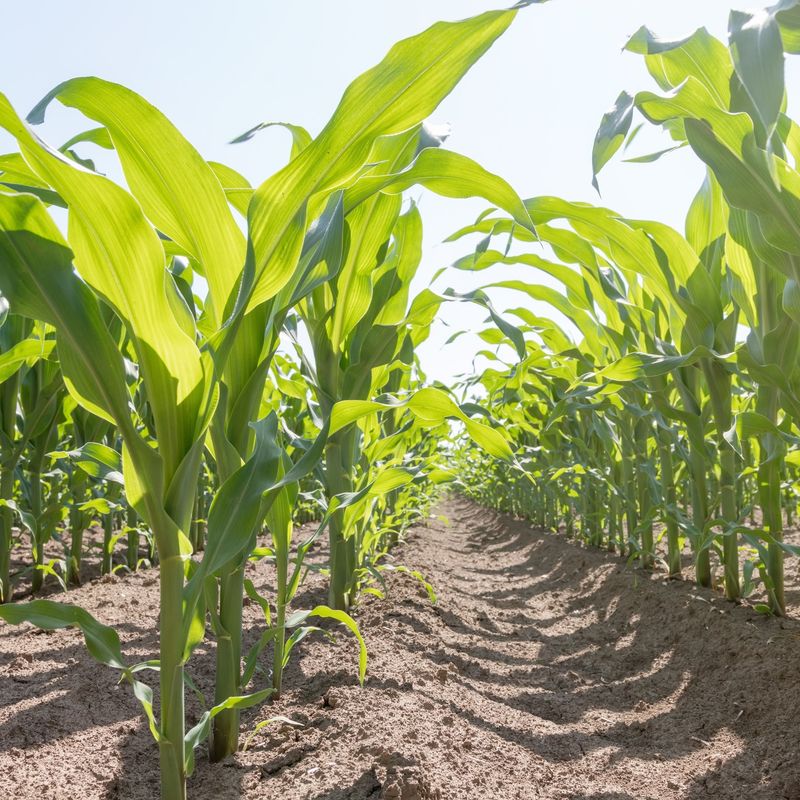Gardening in July can feel like a mixed bag—some plants thrive in the heat, while others seem to wilt before your eyes. I’ve definitely had summers where my leafy greens bolted overnight, and others where my peppers couldn’t stop producing.
It’s all about knowing what works with the weather, not against it. July is a great time to lean into heat-lovers like okra and beans, while putting cool-season crops on hold.
If you’ve been wondering what’s worth planting right now and what’s better left for fall, I’ve got you covered. These tips will help you make the most of your summer garden without wasting seeds or patience.
1. Spinach – Too Hot To Handle
During the peak of summer, spinach quickly bolts and turns bitter when temperatures consistently stay above 75°F. The long daylight hours trigger flowering rather than leaf production, resulting in tough, unpalatable leaves that waste garden space.
Watch for upward shooting stems and smaller leaves – these are telltale signs your spinach is giving up. Most varieties simply can’t handle July’s intensity, regardless of how much water you provide.
I’ve tried several “heat-resistant” varieties in mid-summer, but even these struggled terribly. Save your spinach seeds for late August or early September planting when cooler temperatures return and you’ll have much better results.
2. Peas – Summer’s Casualties
Sweet peas wither away when soil temperatures climb above 70°F, making July plantings almost guaranteed to fail. The delicate root systems simply can’t establish themselves properly in hot soil, and young seedlings often die before producing any harvest.
Heat stress causes pea plants to develop yellowing leaves and stunted growth. Even if they survive, the resulting pods are typically tough, stringy, and lacking the sweet flavor that makes fresh peas so delightful.
My spring-planted peas always finish producing by early summer, regardless of variety. Instead of fighting nature, mark your calendar for fall planting when temperatures cool down and peas can thrive again.
3. Lettuce – Summer’s Bitter Enemy
July’s intense heat transforms crisp, sweet lettuce into a bitter, bolting disappointment. When temperatures consistently exceed 80°F, lettuce responds by shooting up tall flowering stalks instead of forming nice heads or leaves.
The sap inside lettuce becomes increasingly bitter as a natural response to heat stress. This defense mechanism helps the plant in nature but ruins its flavor for your salad bowl. No amount of shade cloth completely prevents this reaction during peak summer heat.
After several frustrating attempts at summer lettuce, I’ve learned to focus on heat-loving crops during July. Save your lettuce seeds for late August when temperatures begin moderating and you’ll enjoy much better harvests.
4. Broccoli – No Match For Midsummer
Broccoli seedlings planted in July typically develop loose, irregular heads that flower prematurely. The high temperatures interfere with proper head formation, resulting in bitter-tasting, button-sized heads instead of the tight, flavorful crowns we desire.
Heat-stressed broccoli attracts more pests too, particularly aphids and cabbage worms that seem to multiply exponentially during summer months. The combination of heat stress and increased pest pressure makes July broccoli particularly disappointing.
After multiple summer broccoli failures in my garden, I’ve accepted that it’s simply not worth the effort. Plan for fall planting around mid-August when cooling temperatures allow proper head development and fewer pest problems.
5. Radishes – Quick To Bolt, Slow To Bulb
Summer-planted radishes often develop a fiery, unpleasant hotness that overwhelms their natural flavor. The long daylight hours and high temperatures of July trigger immediate flowering rather than root development, leaving you with all tops and no bottoms.
When heat-stressed, radishes develop woody, pithy textures instead of the crisp, juicy roots we crave. The plants focus energy on seed production rather than developing the edible roots, resulting in disappointing harvests.
Every time I’ve tried mid-summer radishes, they’ve bolted before forming decent roots. Save your radish seeds for early fall planting when they’ll reward you with tender, mild roots and much less frustration.
6. Cauliflower – Too Fussy For July
Cauliflower absolutely detests high temperatures, responding to July heat with loose, discolored heads that never properly form. The plants often develop what gardeners call “ricey” heads – loose, granular curds that yellow quickly and taste bitter.
Heat stress makes cauliflower particularly susceptible to black rot and other diseases that spread rapidly during humid summer conditions. The combination of poor head development and increased disease pressure makes summer cauliflower extremely challenging.
My attempts at growing summer cauliflower have consistently ended in disappointment. Even with shade cloth and consistent watering, the heads never matched the quality of spring or fall crops. Save your garden space for heat-loving vegetables instead.
7. Tomatoes – Summer Superstars
Nothing says summer like ripe tomatoes thriving in July’s warmth. These heat-loving fruits develop their best flavor when temperatures hover between 75-95°F, making them perfect for mid-summer planting in many regions.
For July plantings, choose shorter-season varieties like ‘Early Girl’ or cherry types that will produce before fall frost. Water deeply at the base rather than overhead to prevent fungal issues, which can develop during humid summer conditions.
Last summer, my July-planted cherry tomatoes produced until the first frost, extending my harvest significantly. The key was using slightly larger transplants rather than seeds and providing afternoon shade in the hottest regions to prevent sunscald on developing fruits.
8. Peppers – Heat-Loving Beauties
Bell peppers and hot peppers absolutely thrive when planted in July’s warm soil. The heat accelerates their growth and actually increases the capsaicin content in hot varieties, making for more flavorful harvests later in the season.
Young pepper transplants establish quickly in warm soil, often outperforming spring-planted peppers that had to endure cool nights. Water consistently but allow the top inch of soil to dry between waterings to encourage strong root development.
My garden’s best jalapeños came from a late planting last July that continued producing well into fall. The plants were more compact but incredibly productive, with peppers that packed significantly more heat than their spring-planted counterparts.
9. Okra – The Hotter, The Better
Few vegetables embrace July’s heat quite like okra, which actually requires warm soil and air temperatures to germinate properly. Seeds planted directly in July soil often sprout within days and grow rapidly into productive plants.
Harvest pods when they’re young and tender, typically 3-4 inches long depending on the variety. Daily picking encourages continued production throughout the hottest months, when other vegetables might be struggling.
The ‘Clemson Spineless’ variety has been my summer garden’s most reliable producer, shrugging off triple-digit temperatures without missing a beat. For best results, avoid excess nitrogen fertilizer, which promotes leafy growth at the expense of pod production.
10. Sweet Potatoes – Underground Treasure
Sweet potatoes positively thrive in July’s heat, using warm soil to develop extensive root systems that later transform into delicious tubers. These tropical-origin plants need at least 90-120 days of warm weather to produce properly.
Plant slips (rooted cuttings) in well-drained soil and water thoroughly until established. Once the vines begin spreading, sweet potatoes become remarkably drought-tolerant, though occasional deep watering during dry spells improves yield.
My garden’s best sweet potato harvest came from slips planted in early July, which produced beautiful tubers by October. The ‘Beauregard’ variety has been particularly reliable, developing sweet, moist flesh even during exceptionally hot summers.
11. Eggplant – Summer’s Purple Jewel
Eggplants revel in July’s intense heat, often producing their best crops when other vegetables struggle. Their deep root systems allow them to access soil moisture even during dry periods, making them surprisingly resilient summer performers.
Choose compact varieties like ‘Fairy Tale’ or ‘Hansel’ for July plantings, as they’ll mature quickly before fall arrives. Regular harvesting encourages continued production, so don’t hesitate to pick fruits when they’re glossy and firm.
After struggling with spring-planted eggplants, switching to July planting transformed my harvests completely. The plants grew faster, produced earlier, and had significantly fewer flea beetle problems than their spring counterparts.
12. Bush Beans – Quick Summer Crop
Bush beans germinate rapidly in July’s warm soil, often sprouting in less than a week and producing harvestable beans within 50-60 days. Their compact growth habit makes them perfect for filling gaps in the summer garden after spring crops finish.
Successive plantings every 2-3 weeks ensure continuous harvests through summer and into fall. Choose heat-tolerant varieties like ‘Provider’ or ‘Contender’ that continue flowering even during hot weather.
My July-planted bush beans have consistently outperformed spring plantings, with fewer disease issues and more abundant harvests. The key to success has been consistent moisture during germination and regular harvesting once production begins.
13. Cucumbers – Crisp Summer Refreshment
July-planted cucumbers often produce better than spring plantings because they mature during peak cucumber season. The warm soil promotes rapid germination and vigorous growth, resulting in earlier harvests.
Choose heat-tolerant varieties like ‘Marketmore’ or ‘Straight Eight’ that resist bitter flavors even during hot weather. Consistent watering is essential, as water stress can cause misshapen fruits and bitter flavor.
My summer cucumber strategy involves direct-seeding every three weeks from June through July, ensuring continuous harvests until frost. This approach has eliminated the typical mid-summer cucumber gap that many gardeners experience when spring plants decline.
14. Zucchini – Summer’s Abundant Provider
July-planted zucchini often escapes the squash vine borer problems that plague earlier plantings, resulting in healthier, more productive plants. The fast growth in warm soil means you’ll be harvesting tender squash within weeks of planting.
Direct-seed into warm soil or use small transplants for fastest results. Harvest frequently when fruits reach 6-8 inches for best flavor and to encourage continued production throughout the season.
After losing spring zucchini to borers year after year, July plantings have become my secret weapon. By the time the adult borers finish their egg-laying cycle, these plants are already producing abundantly, often continuing until fall frost.
15. Southern Peas – Heat-Loving Legumes
Southern peas (black-eyed peas, crowder peas) actually require July’s heat to thrive, making them perfect for mid-summer planting. Their nitrogen-fixing abilities improve soil while providing a nutritious harvest in just 60-90 days.
Direct-seed into warm soil and provide minimal irrigation once established. These drought-tolerant plants actually produce better flavor when slightly stressed, though extreme drought will reduce yields.
Growing ‘Mississippi Silver’ crowder peas during the hottest part of summer has become a garden tradition for me. Their ability to produce abundantly with minimal attention makes them the ultimate low-maintenance summer crop.
16. Basil – Aromatic Summer Herb
Basil reaches its aromatic peak during July’s heat, growing rapidly and producing abundant flavorful leaves. Seeds planted directly in warm soil germinate quickly, often producing harvestable leaves within a month.
Regular harvesting prevents flowering and encourages bushier growth with more leaves. Morning harvesting yields the highest essential oil content for the most flavorful culinary use.
My July-planted basil has consistently outperformed spring plantings, with stronger flavor and fewer disease problems. The ‘Genovese’ variety has been particularly impressive in summer heat, producing enormous leaves with intense flavor that freezes beautifully for winter use.
17. Sunflowers – Summer’s Cheerful Giants
July-planted sunflowers race toward the sky in warm soil, often growing several inches per day during peak summer heat. Their deep taproots access moisture far below the soil surface, making them surprisingly drought-tolerant once established.
Choose shorter-season varieties like ‘Sunspot’ or ‘Sunny Smile’ that will flower before fall frost. Staggered plantings every two weeks provide continuous blooms through summer and into fall.
The ‘Autumn Beauty’ variety planted in early July provided stunning late-season color in my garden last year. The multi-branched plants produced dozens of blooms in sunset hues that attracted beneficial insects and brightened the garden just as other flowers were fading.
18. Carrots – Fall Harvest Planning
July-planted carrots develop sweeter flavor as they mature into cooler fall temperatures. The warm soil promotes quick germination, while the approaching autumn triggers sugar development that creates exceptional taste.
Keep soil consistently moist during germination, which can be challenging in July heat. Floating row cover or shade cloth helps maintain moisture until seedlings establish, usually within 7-10 days.
My late-July carrot plantings have consistently produced the sweetest roots of the year. The ‘Napoli’ variety has been particularly successful as a summer-planted, fall-harvested crop, developing crisp texture and exceptional sweetness by October.
19. Melons – Sweet Summer Treats
Melons planted in July’s warm soil often develop exceptional sweetness as they mature in late summer’s intense sunshine. The heat promotes rapid growth and sugar development, resulting in fruits with outstanding flavor.
Choose shorter-season varieties like ‘Minnesota Midget’ cantaloupe or ‘Sugar Baby’ watermelon that will mature before fall frost. Consistent moisture during fruit development ensures proper sizing and sweetness.
After experimenting with various planting times, July 1st has become my go-to date for the sweetest melons. The ‘Sakata’s Sweet’ melon planted in early July last year produced the most fragrant, flavorful fruits I’ve ever grown, ready for harvest in late August.
20. Corn – Summer’s Golden Treasure
Sweet corn thrives in July’s heat, with warm soil promoting rapid germination and vigorous growth. For many regions, July plantings produce the sweetest ears with fewer pest problems than earlier plantings.
Plant in blocks rather than rows to ensure proper pollination, which improves kernel development. Choose super-sweet varieties with shorter days to maturity, typically 65-75 days, to ensure harvest before fall frost.
My July-planted ‘Honey Select’ corn has consistently produced the sweetest ears with minimal corn earworm damage compared to May plantings. The key has been ensuring consistent soil moisture during the critical silking and ear development stages.

